Dancing is more than just a series of movements; it’s an art form, a way to express oneself, and a fantastic way to stay fit. Whether you’re a complete beginner or a seasoned dancer looking to brush up on your skills, taking a dance class can be an enriching experience. However, stepping into a dance studio for the first time (or even the hundredth time) can be daunting if you’re not sure what to expect or how to prepare. This comprehensive guide aims to demystify the process and help you make the most out of every dance class you attend.
Dance classes offer a structured environment where you can learn new techniques, improve your existing skills, and connect with other dance enthusiasts. Each class is an opportunity to push your boundaries, discover new styles, and refine your movements. Yet, to truly benefit from these classes, it’s essential to understand not only the physical aspects of dancing but also the etiquette, preparation, and mindset that accompany a successful dance class experience.
Looking for a dance class in your area
Searching for a dance class in your local area? Don’t worry if you don’t have a friend who can guide you through the various dance class options available. The internet is here to help!
Start by performing a Google or Yelp search with keywords like “Dance classes in [your city],” “Dance studios in [your city],” or “Hip hop classes in [your city].” This will generate a list of nearby dance studios.
Once you have your list, visit the websites of these studios to explore their class offerings. If a studio doesn’t have a website, give them a call to ask for their schedule. This allows you to inquire further about their classes, instructors, and any other details you might need.
Instagram is another excellent resource for finding dance studios and classes. Keep an eye out for flyers or class videos on your feed or through Instagram’s “Explore” page. Clicking on the location link in these posts will show you where the studio is situated.
If the studio has an Instagram account, it’s even better. You can browse their profile to check class schedules, see who the instructors are, and get a sense of the studio’s atmosphere.
Finally, use your social media skills to your advantage. If you like the instructors, the classes offered, or the overall vibe of the studio, add it to your list of potential places to take dance classes.
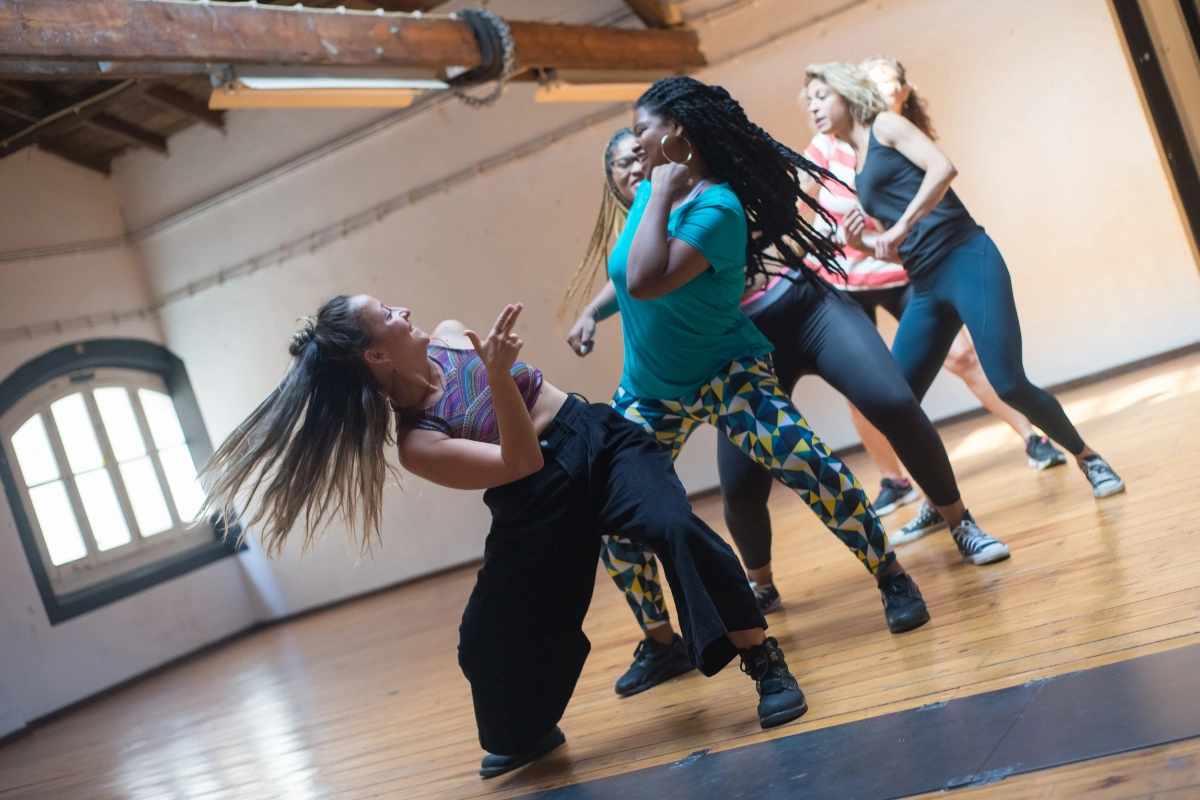
Which dance class should you take?
Once you’ve found a dance studio, the next step is choosing the right dance class for you. This decision can be overwhelming, especially with the wide variety of classes available. Here are some key points to consider to help you make an informed choice:
Consider Your Skill Level
If you are new to dancing, it’s best to start with a “Beginner” level class. Beginner classes are designed to introduce fundamental techniques and movements at a comfortable pace, ensuring you build a solid foundation before moving on to more advanced levels.
Explore Different Dance Styles
Dance encompasses a multitude of styles, each with its own unique characteristics and techniques. Even within a broader category, such as hip hop or street styles, there are numerous sub-genres to explore. Here are a few examples:
- Jazz Funk: A high-energy style that combines elements of jazz and hip hop, known for its bold, expressive movements.
- Popping: A street dance style that emphasizes quick, sharp movements and muscle contractions to the rhythm of the music.
- Locking: Another street dance style characterized by its distinctive pauses or “locks” in the middle of fast movements, creating a dynamic contrast.
- Advanced Choreography: For those with more experience, these classes focus on complex routines and sequences, often incorporating various dance styles.
Identify Your Interests and Goals
Think about what draws you to dance and what you hope to achieve. Are you looking to improve your fitness, learn a new skill, or simply have fun? Your goals can guide you toward the most suitable class. For example, if you want to get fit while dancing, you might enjoy high-energy styles like jazz funk or hip hop. If you are interested in mastering intricate movements, a class focused on advanced choreography might be more appropriate.
Sample Multiple Classes
Don’t be afraid to try out different classes before committing to one. Many studios offer drop-in classes, allowing you to experience various styles and instructors. This can help you find a class that resonates with you in terms of style, pace, and teaching method.
Seek Recommendations
If you’re unsure where to start, ask for recommendations from the studio staff or other dancers. They can provide insights into which classes are popular and well-suited for beginners or specific interests.
Trust Your Instincts
Ultimately, the best dance class for you is one that you enjoy and feel comfortable in. Trust your instincts and choose a class where you feel motivated and excited to learn.
By keeping these factors in mind, you can select a dance class that aligns with your interests, skill level, and goals, ensuring a rewarding and enjoyable experience.

How to prepare to take a dance class
Once you’ve chosen the dance class you want to attend, including the location, time, and type of class, it’s time to prepare yourself to get the most out of your experience.
Choose the Right Outfit
Select an outfit that is loose and comfortable, allowing you to move freely. However, it’s important to choose something that also makes you feel confident. There’s no need to adhere to the latest trends in dancer fashion—prioritize comfort and your personal style. The only essential item is a pair of comfortable shoes that are suitable for the type of dance you’ll be doing.
Register and Settle In
Upon arriving at the studio, head to the front desk to register for your class. If you are taking a “Drop-In” class, you will need to pay for it at this time. After registering, you may need to wait for the current class to finish before entering the room.
Entering the Studio
If there are consecutive classes at the studio, you might find yourself waiting while the previous class finishes up. Use this time to mentally prepare and get excited for your session. Once the studio is ready, enter and find a spot to put your belongings. This is also a good time to introduce yourself to other dancers or start stretching to warm up your muscles.
Manage Pre-Class Nerves
It’s normal to feel a bit nervous before starting something new, especially a dance class. Here are some tips to help manage those jitters:
- Mindset is Key: Focus on maintaining a positive mindset. Remind yourself that everyone in the class is there to learn, just like you.
- Breathe and Relax: Take a few deep breaths to calm your nerves. Remember, it’s natural to feel anxious, but try to transform that energy into excitement.
- Embrace the Learning Process: Instead of being intimidated by the prospect of learning new moves, be enthusiastic about the opportunity to expand your skills and knowledge.
Additional Tips for a Great Class Experience
- Hydrate and Eat Well: Make sure you are well-hydrated and have eaten a light snack if needed. Dancing can be physically demanding, and you want to have the energy to keep up.
- Bring Necessary Items: Pack a water bottle, a towel, and any other essentials you might need during the class. Staying prepared helps you focus entirely on the dancing.
- Arrive Early: Getting to the studio a little early gives you time to acclimate, find your bearings, and mentally prepare without feeling rushed.
- Listen and Observe: Pay attention to the instructor’s guidance and observe other dancers, especially if you are new to the style. This can help you pick up techniques more quickly.
By following these steps, you can ensure that you are well-prepared for your dance class, both physically and mentally. Embrace the experience, enjoy the learning process, and most importantly, have fun!
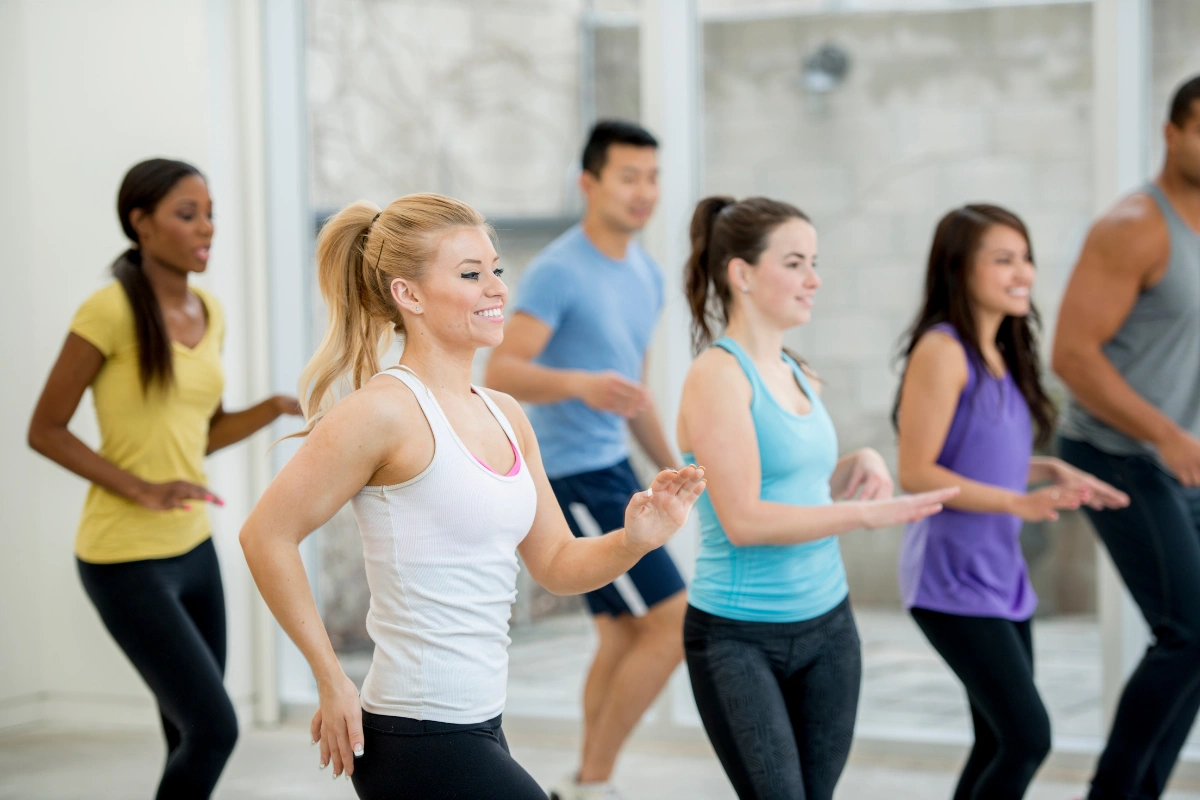
What to know when you take a dance class
Note: These guidelines are most common in choreography classes.
When you take a dance class, especially a choreography-focused one, there are several important aspects to be aware of. These include understanding the flow of the class, practicing proper etiquette, and preparing for specific instructions that may be given by the choreographer.
Class Structure
Typically, the class will begin with the choreographer introducing themselves. This will be followed by a quick warm-up and stretching session to prepare your body for dancing.
Class Etiquette
- Asking Questions
- If you’re struggling with a move, it’s perfectly fine (and encouraged) to ask questions. However, try to find the solution on your own first by observing the move more closely and experimenting with different approaches. If you still need clarification, don’t hesitate to ask.
- Switching Lines
- When the choreographer instructs the class to “switch lines,” those in the front of the room should move to the back, and vice versa. This practice ensures everyone gets a fair chance to have a clear view of the choreographer throughout the class.
- Switching Inside/Out
- In addition to switching lines, you might be asked to switch “inside out” or “outside in.” This means those in the middle of the room move closer to the walls, and those near the walls move towards the center. Regularly changing your position in the room helps you avoid becoming too dependent on a specific spot to learn or execute the choreography.
- Sitting Down
- There are instances where you’ll need to sit down during the class:
- When the choreographer is demonstrating the moves to music for the first time, those in the front may be asked to sit so everyone can see the demonstration clearly.
- In a crowded studio, the choreographer might need to demonstrate the choreography for the back half of the room. Sitting down in these situations allows everyone to see the details of the movements, particularly intricate footwork, ensuring that all participants understand the choreography.
- There are instances where you’ll need to sit down during the class:
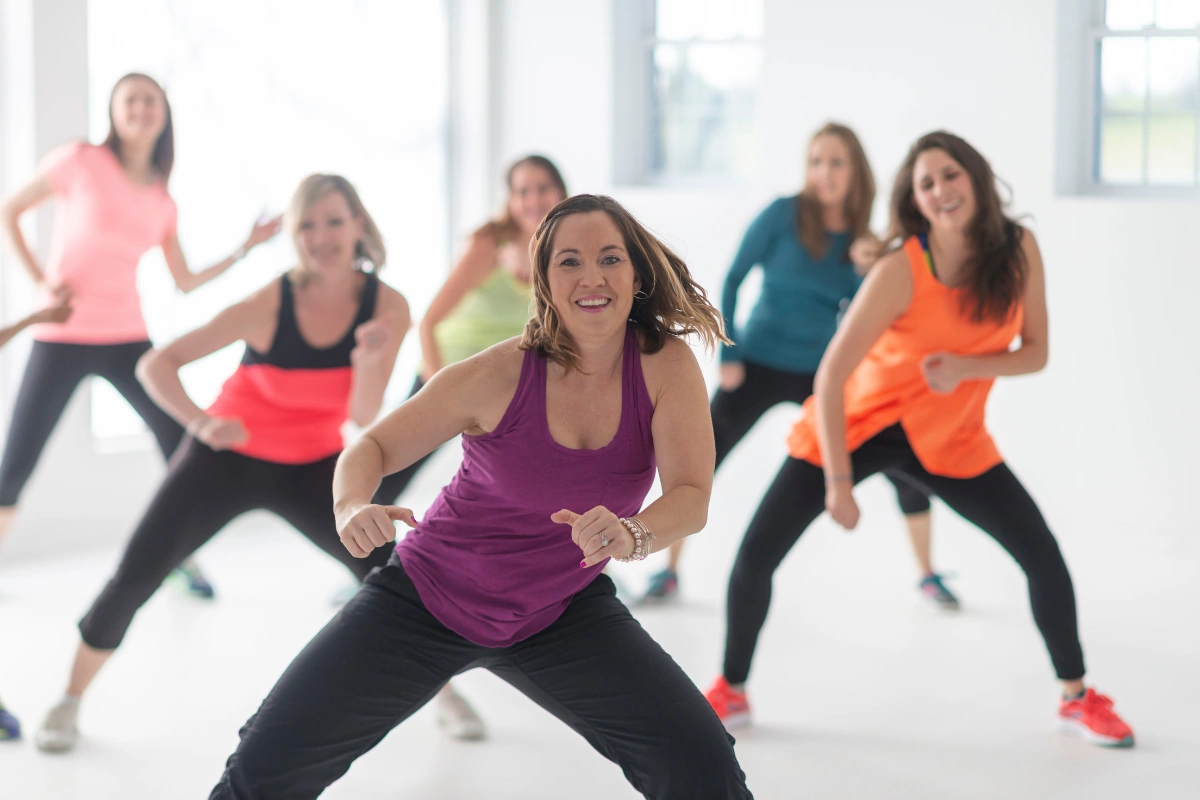
General Tips
- Participate Actively: Engage fully with the class, practicing each move diligently and paying close attention to the choreographer’s instructions.
- Stay Hydrated: Bring a water bottle to stay hydrated throughout the class, especially during breaks.
- Be Respectful: Show respect to the choreographer and fellow dancers by following instructions promptly and maintaining a positive attitude.
- Adapt and Adjust: Be open to adapting your learning style and adjusting to different teaching methods. This flexibility will enhance your overall dance experience.
By keeping these points in mind, you’ll be well-prepared to navigate your dance class smoothly, ensuring a productive and enjoyable learning experience.
What the choreographer means…
When They Say “Watch”
When the choreographer instructs the class to “watch,” it’s a cue for everyone, especially those in the front, to take a knee or sit down. This is not just a polite gesture but also a crucial learning opportunity. Even if you already know the moves, use this time to closely observe the choreographer as they demonstrate the piece. Pay attention to several key aspects:
- Timing: Note when the piece counts in and the true tempo of the song. Understanding the timing helps you sync your movements with the music.
- Execution: Observe how the choreographer hits each move. Notice the nuances in their movements, including body angles, expressions, and transitions.
- Details: Look for the small details that make the choreography unique. These might include specific hand placements, footwork, or facial expressions.
The closer you pay attention, the better you’ll understand how to execute the moves accurately and with the intended style.
When They Say “Mark It”
“Marking” a piece means performing it with less energy and intensity. The focus during marking is on:
- Music and Timing: Be mindful of the music and ensure your movements are in sync with the beats.
- Body Placements: Concentrate on where your body should be positioned throughout each move, rather than exerting full effort.
The choreographer might use percentages to indicate the energy level for marking. For example:
- “50% for this first run-through”: This means you should perform the moves at half your full energy level, prioritizing precision over power.
- “Mark it around 80%”: This indicates a higher energy level than 50% but still not going all out.
When They Say “Full Out”
When the choreographer tells you to go “full out,” this is your cue to give 100% of your energy and effort. Going full out means:
- Maximum Energy: Perform the moves with all the power and intensity you can muster.
- Cleanliness: Maintain the precision and timing you practiced during marking but now add full energy.
- Expression: Engage your entire body, including facial expressions, to bring the choreography to life.
Going full out is about combining the technical accuracy you developed during marking with the power and presence needed to perform the piece dynamically.
By understanding these instructions and responding appropriately, you can make the most out of each phase of the dance class, improving both your technique and performance quality.
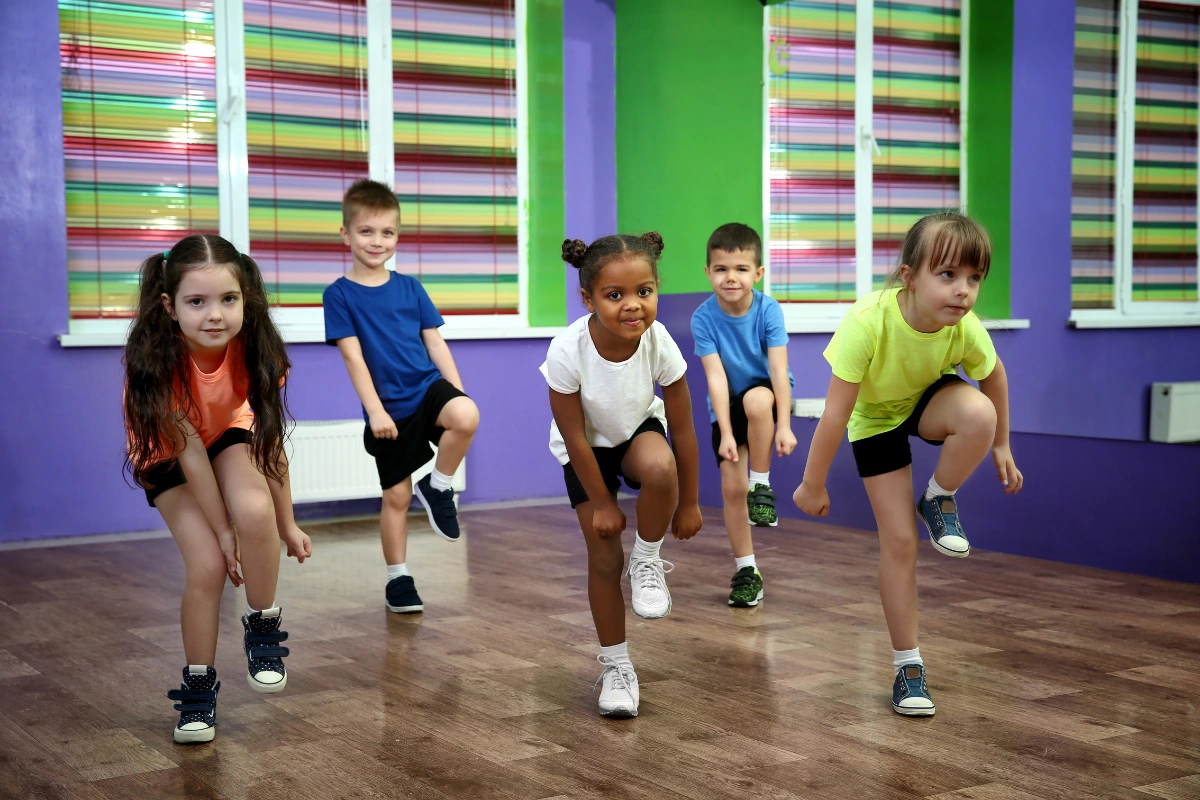
After you take a dance class
Taking a dance class involves more than just learning the choreography. Once all the moves have been taught, the choreographer will usually guide you through a few additional activities that are crucial for your growth as a dancer.
Groups
After the instruction phase, the class is often divided into smaller groups, and each group takes turns performing the piece while the others watch. This can be intimidating, but it’s an essential part of your development. Performing in front of others pushes you out of your comfort zone and builds confidence. Embrace this opportunity and give it your best effort.
Select Group
The choreographer might choose a “select group” of students to perform the piece for the class. These students are typically selected for their cleanliness, style, performance quality, or simply for being fun to watch. Don’t stress about being chosen or not; there are many reasons why someone might be picked. If the choreographer calls for volunteers, such as “any 10 people” or “any 5 people,” and you feel comfortable with the piece, seize the chance to step up and perform.
Recording Class Footage
It’s common for dance classes to be recorded. Studio staff, other students, or parents might record for promotional purposes or personal keepsakes. If you want to record yourself, always ask the choreographer for permission first. If they agree, also get clearance from the studio staff. Once you have the green light, ask someone to record you so you can review your performance later. Posting it on social media is also an option—live your best life!
Choreographer’s Solo
At the end of the class, the choreographer will often perform the piece. This is a moment to simply watch and absorb. Put your phone down, resist the urge to compare your performance, and just enjoy being inspired by their execution and artistry.
Saying Thank You to the Choreographer
Once the class is over and your jaw is off the floor from watching the choreographer’s solo, make sure to express your gratitude. Line up to thank the choreographer, introduce yourself, ask a question, or take a picture if you want. However, be mindful of others waiting behind you and keep your interaction brief if there’s a long line. If you loved the piece and want to continue practicing, ask the choreographer for the song title and artist.
By participating in these post-class activities, you not only improve your dance skills but also build a deeper connection with the dance community and gain valuable feedback and inspiration.
Summary
Taking a dance class is an enriching experience that goes beyond just learning new choreography. It involves preparation, understanding class structure, adhering to etiquette, and engaging fully with the learning process to get the most out of each session. This comprehensive guide explores the various facets of taking a dance class, from choosing the right class to post-class activities, ensuring that dancers of all levels can maximize their experience.

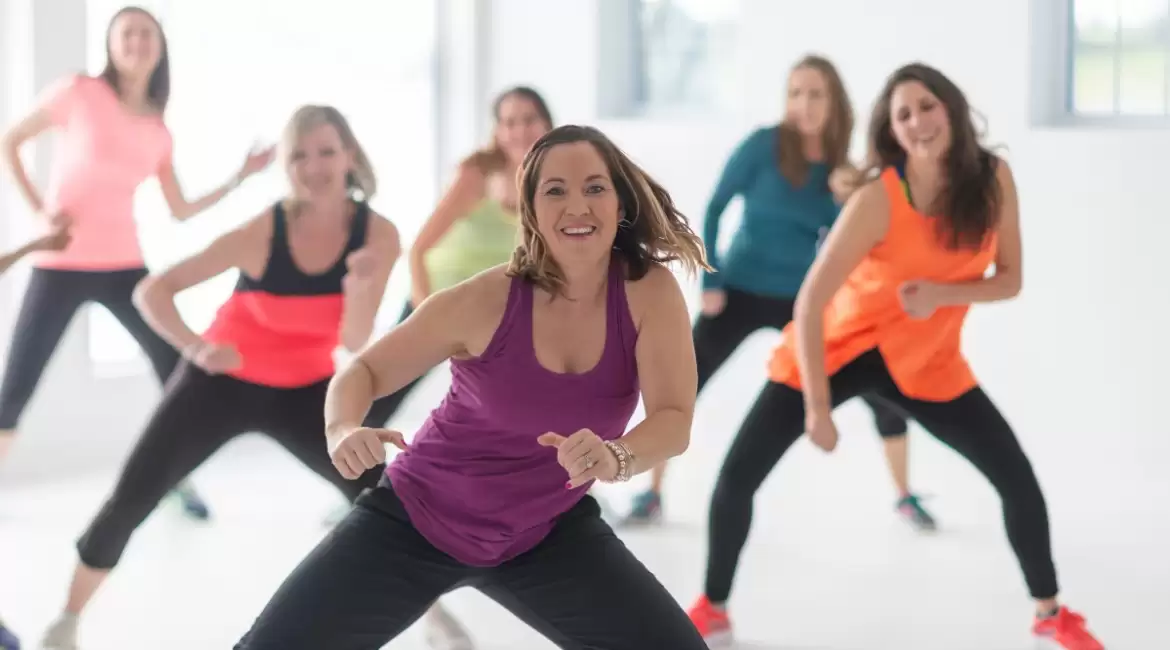
Leave a reply